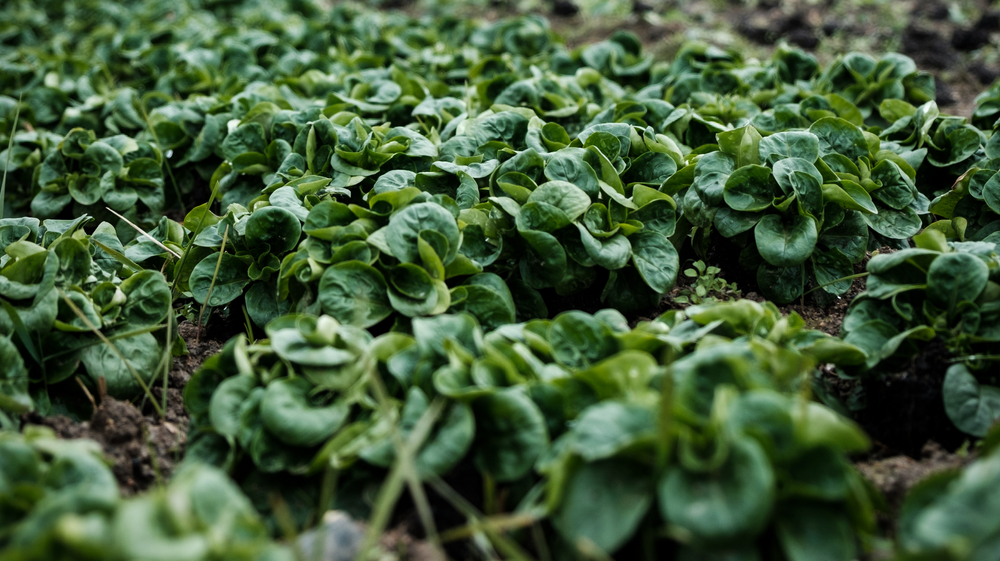Improving Agriculture with CRISPR
Gene editing has many different applications in the future, especially agriculture. Gene editing is an emerging technology that (surprise) lets us edit our genes. Usually, gene editing is done with CRISPR/CAS-9, which, simply put, cuts unwanted DNA and pastes new DNA in its place. You can read more about it here.
Gene editing with agriculture can have many positive outcomes. Some of these include limiting the use of pesticides, making plants more nutritious, and even helping to fight global warming.

Pesticides
Using gene-editing technology on plants could help limit the use of pesticides. The original intent of pesticides is to reduce the number of crops that are lost each year due to insects eating them. Although it comes with good intent, pesticides, unfortunately, can cause a number of health problems, which can range from kidney damage to cancer. 🤢
This problem could be solved by using CRISPR to change certain traits about a plant. For example, if insects try to eat a certain plant’s leaves, we could use CRISPR to make the leaves thicker, and therefore less appealing to the insects. It may change the texture a bit, but that’s still better than cancer!

Better Foods — Yum yum!
Although veganism is said to be better for your health, there are still a few problems. Specifically: How do you get enough protein? For non-vegans, we might want our veggies to taste better.
Luckily, both people get amazing results from using CRISPR. A study has been conducted that used CRISPR to improve the nutritional quality of plant proteins. CRISPR has also been used to make tomatoes taste better. Yum! 🍅

It’s getting hot in here, please don’t take off all your clothes.
Our planet has rapidly been warming due to a rise in CO2 levels in our atmosphere. If we don’t do something to reduce this rise, our planet can be seriously injured. Obviously, this can’t be solved using just one emerging technology, but gene editing is promising. For example, we could genetically engineer a plant to store more CO2 or to be more efficient with releasing oxygen.
Another problem is that more than one half of farm produce is wasted. This is an extreme waste of resources. This can be solved by using CRISPR to make the plant’s shelf life longer, as well as making the plant more resistant to the elements. China has been using CRISPR to make crops and farming more efficient
If CRISPR is so magical, why isn’t it changing the world already?
Unfortunately, there are multiple reasons as to why CRISPR hasn’t been mainstream yet. First, CRISPR isn’t perfect. Finding the exact gene that affects a certain trait is very difficult, and could be caused by more than one gene. There is also a possibility of an off-target effect, which could change the plant in an undesirable way. Second, there are restrictions in some countries. In the EU, CRISPR is considered a GMO, which is regulated strictly.
Review
- CRISPR/CAS-9 is a newer method of gene editing
- Gene editing can help reduce the need for pesticides
- CRISPR can be used to improve the nutritional quality of plant proteins
- CRISPR has been used to make tomatoes taste better
- It is possible to genetically engineer a plant to store more CO2, and be more efficient with releasing oxygen.
- Food waste can be cut by making crops more resistant to outside elements, as well as making their shelf life longer
This article was originally posted on Medium.
